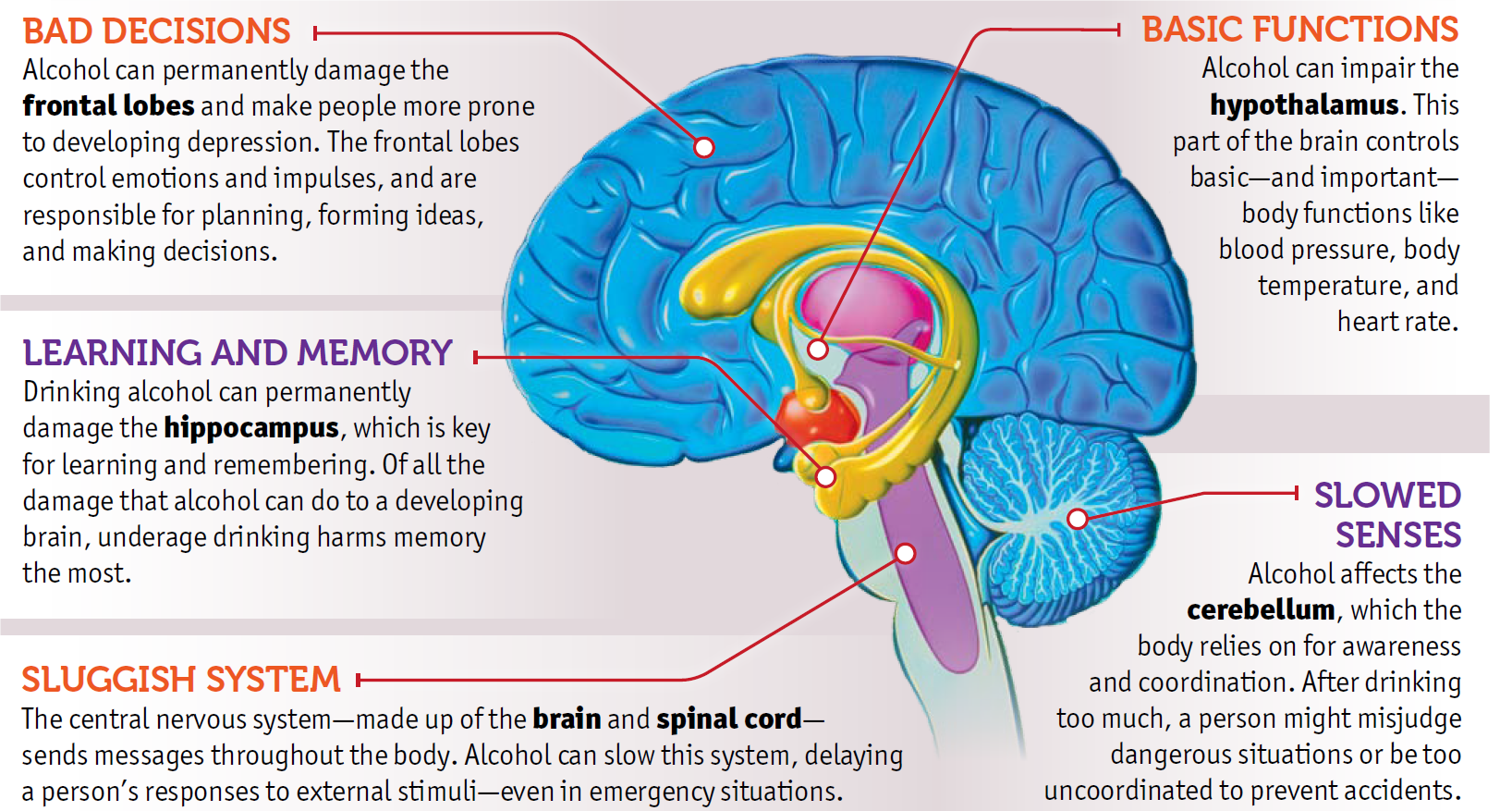A small collection of nerve cells in the brain is responsible for determining whether an individual continues to consume alcohol despite adverse consequences. This is the conclusion of a study conducted on rats by Linköping University researchers.
The researchers discovered a previously undiscovered process that may be a good target for pharmaceutical treatment. The research was published in the peer-reviewed journal Science Advances.
“We discovered that a small group of nerve cells in a small region of the brain is the difference between being able to apply the brakes normally, as the majority of our rats did, and being unable to do so,” says Markus Heilig, professor of psychiatry and director of Linköping University’s Center for Social and Affective Neuroscience (CSAN). He oversaw the rat study.
A critical component of addiction is that only a small percentage of persons who consume alcohol become dependent. In other words, some individuals are more susceptible to harm than others. The researchers examined the process underlying one of the behaviors associated with addiction, namely the desire to continue drinking alcohol despite the negative consequences; this behavior is commonly referred to as “compulsive use.”
Making complex choices, such as whether to consume another drink or abstain, is difficult. The brain contains a critical system for directing and motivating action. This system places a premium on what we perceive to be pleasurable, such as excellent food, sex, and also drugs, and drives us to seek more.
However, a brake is required to keep us from doing actions that have unintended consequences. The brake weighs prospective undesirable outcomes against the anticipated reward.
The initial step in identifying the biological mechanisms underlying compulsive alcohol use was to determine the vulnerable subset of persons who may be affected by these mechanisms. The rats in the study discovered that by pressing a lever, they could acquire a trace amount of alcohol.
After a time, the conditions evolved to the point where they felt an electric shock in addition to the alcohol when they pressed the lever. In this situation, the majority of rats ceased pressing the lever for further alcohol. However, around a third of the rats’ brakes failed to function, and they continued to press the lever for self-administered alcohol despite the fact that it was now associated with discomfort.
The researchers employed a marker that is generated in nerves shortly after they have been active to identify the group of nerve cells involved in compulsive alcohol usage. They discovered a network of nerve cells spanning many regions of the brain, with the central amygdala serving as the network’s core.
The amygdala is a brain region that regulates fear reactions and is involved in fear-related learning mechanisms. Three years ago, the research group published the findings of an investigation into another behavior associated with alcoholism: the preference for alcohol over another reward. They demonstrated that the central amygdala is also involved in this behavior. By manipulating chemical pathways in this region of the brain, scientists could turn the behavior on and off.
The researchers found a tiny population of nerve cells in the central amygdala, PKCd-positive nerve cells, that supported alcohol consumption in a vulnerable minority of rats despite unfavorable repercussions in their newly published study. Around 4% of these cells formed the network of cells responsible for the brake’s failure to respond to this specific activity. When the researchers turned off these cells using modern molecular techniques, the rats’ ability to abstain from self-administered alcohol was restored. PKCd, an enzyme, was discovered to be critical. The discovery raises the possibility that this enzyme could be a target for future pharmacological treatments.
According to new research, humans and other animal species can also be classified into two groups based on their capacity to break reward-seeking behavior when it has negative repercussions. Markus Heilig believes that additional research is necessary to identify clinical markers that can indicate whether an individual is predisposed to develop an addiction. Early detection may enable the use of preventive measures.
“We must recognize that the inability to interrupt harmful behavior is a significant risk factor for addiction, since it also serves to maintain addiction once it has occurred. We must strengthen people’s ability to resist alcohol-seeking behavior, not just by intervening with their conduct, but also by developing drugs that target the biochemical mechanisms underlying the behavior “, according to Markus Heilig.

